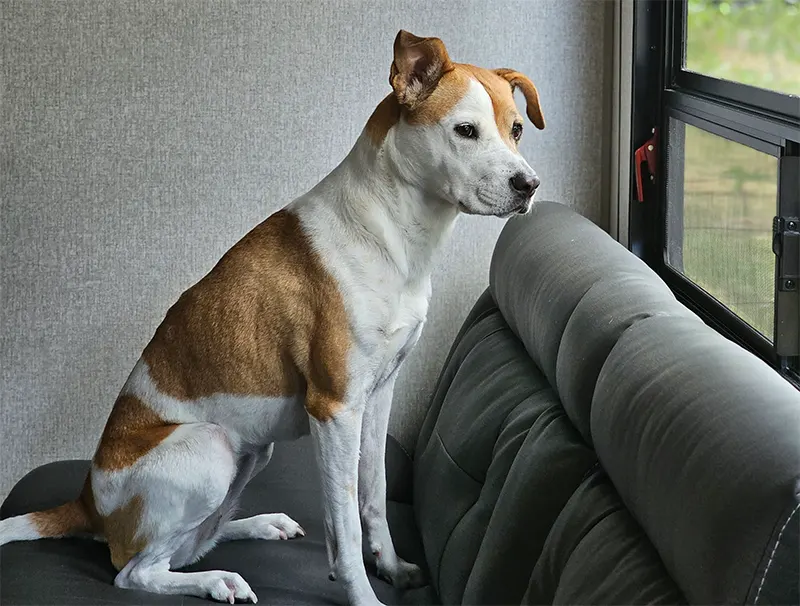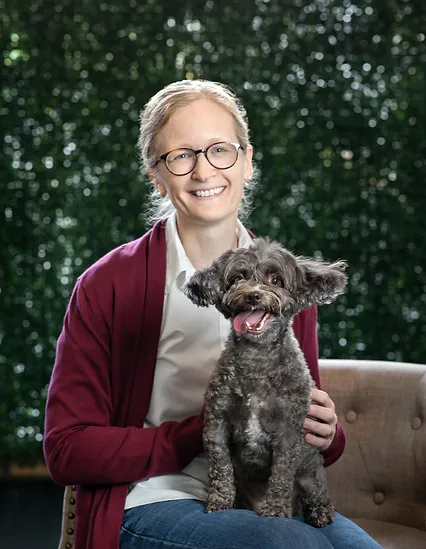DOG TRAINING BY VALERIE
Valerie Balwanz, CBCC-KA, CPDT-KA, PMCT
Valerie Balwanz is a behaviorist who generously shares her expertise with the CAF to help new pet owners. Visit her website for more information about training, behavioral issues, and to contact her.
BYTES FROM THE BEHAVIORIST
This article is the first of three addressing the topic of Separation Anxiety
What is Separation Anxiety?
Separation Anxiety is a panic disorder related to alone time. It has been the most commonly discussed disorder in behavioral studies in the last 40 years. (Otega 2016) Separation Anxiety is one of the most common canine behavior problems and is diagnosed in 20-40% of dogs referred to animal behavior practices in North America (Flannigan & Dodman 2001)
Common behaviors present in Separation Anxiety cases are vocalization, destruction aimed at doorways or the Guardian’s personal items, and urination/ defecation when left alone. Shadowing the owner around the house is not diagnostically significant for Separation Anxiety. Numerous dogs that do not have separation anxiety also follow guardians around the house.
Other behavior problems or medical conditions are often mistaken as Separation Anxiety. These include, noise sensitivities, Thunderphobia, excess energy, incomplete potty training, incomplete chew toy training, seizure disorders, confinement anxiety, and reactivity (barking out the window at passers by).
 The outward appearance of Separation Anxiety does not always match the inward level of panic. Some dogs might be in a terrible panic but hold still, tremble and drool. This behavior might seem less severe than the dog who barks nonstop for hours, but both dogs are in extreme distress. Labeling separation anxiety as “mild, moderate, or severe” has not proved to be useful in designing a treatment plan, nor does the perceived severity correlate to the amount of time required to fix it.
The outward appearance of Separation Anxiety does not always match the inward level of panic. Some dogs might be in a terrible panic but hold still, tremble and drool. This behavior might seem less severe than the dog who barks nonstop for hours, but both dogs are in extreme distress. Labeling separation anxiety as “mild, moderate, or severe” has not proved to be useful in designing a treatment plan, nor does the perceived severity correlate to the amount of time required to fix it.
There has been recent discussion about the labels: isolation distress, isolation anxiety, separation distress and separation anxiety. These labels were assigned based on perceived level of panic and whether the dog had a hyper-attachment to only one person, or could be comforted by the presence of anyone. These labels are no longer useful or necessary for designing a treatment protocol. The protocol looks the same for all dogs who suffer dung alone time.
The good news is that regardless of how the anxiety presents or how severe it may seem, when diagnosed and treated properly, it is fixable!

